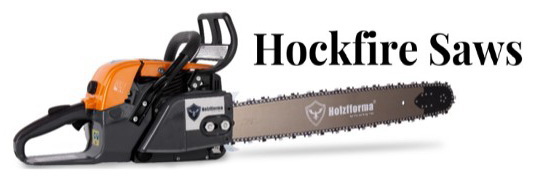There’s also how fast a port opens, and that differs from cross sectional area. A port that’s nice and tight, maximum port opening in first few degrees, makes a big difference IMHO.
A tiny intake at 78* is opening a lot slower than a huge square one at 78*, and the same goes for closing. A small intake effectively opens later and closes earlier than a huge one. Shape matters too, square faster but tougher on rings if too wide.
We left out case compression, which I believe is the most important for throttle response. Case compression is how a saw recovers rpm after it’s lugged down (or goes from idle to WOT). So a small tight intake at 78 will create more case compression than a big square one with the same numerical case compression measurements. The velocity in the intake port needs to overcome inertia, so you’ll get more forward flow and less spitback with a tighter intake port.
An 036 is a good example. Add an 038 intake boot and match the intake port and one gets a slugginsh saw that will 4 stroke at a higher rpm.
Anyone remember JMS here? He copied Shaun’s ports, except he did so without Shaun’s finesse and understanding. His saws were high rpm monsters with a narrow powerband. Dawg the saw in, and you literally had to wait for it to recover. Fast in a cant, but unforgiving for actual work. When we did the initial Dyno testing at the CT GTG, a JMS 066 had the highest peak power there. I had a Masterminded 066 there that made 1.5 HP less than the JMS saw. But the story was in the curves. JMS was a tall peak, and the MMWS one looked like you could sleep on it, nice and flat across a big rpm range. So which one would you want?
Another “it all has to work together” rant. Sorry for my loquaciousness this am.






